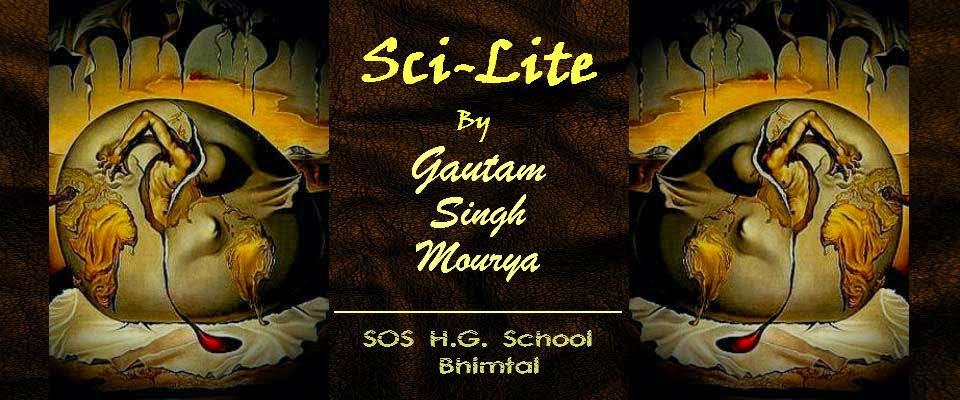The Theory of General Relativity
"The Newtonian Disability"
"General Relativity"
Whenever a person in this universe says that word, the history of modern physics prevails itself. From the starting of the era where human mind wondered the aspects of this elegant universe, few intriguing questions came along. Newton discovered gravity and called it to be a force. for more than two centuries the equations given by him proved to be true. But when our minds started to imagine even higher some difficulties with the Newtonian mechanics came along. These questions were answered by Einstein himself. And when he did, Everything changed!
The problem with Newtonian Theory
Newton stated gravity to be a force of attraction that acts at a distance. Through his understanding of gravitational force he successfully explained the motion of the moon around the earth and the motion of other planets around the solar system. He said that moon like any free falling body falls towards the earth, but it does not crashes on earth to create a planetary catastrophe because it also moves along the direction of its velocity in the space. Consequently, it moves 38 miles forward and 16 feet towards the earth.
Newtonian Laws explained that light is not affected by the gravity of any mass M. He also stated that the change in Massive M is felt through out the cosmos instantly because of the denudation of that objects gravitational pull. But through SR we know that the speed of light (c) is the cosmic speed limit so no physical entity can exceed this limit. We can imagine this as we are supposed to cross a very fragile and old wood bridge that can diminish instantly. If we cross the bridge cautiously, the bridge will survive but if we cross the bridge at a robust speed the bridge tends to fall. And so does the spacetime. Through SR we know at speed of light the Mass of the object increases beyond our imagination and so does the energy it releases. This results in spacetime Distortion.
So, how can the change of loosing that mass M can be felt instantly. For example, light from the sun takes 8 minutes to reach us so, how can impact of loosing the sun can be felt instantly. This mystery was solved by Einstein through his theory of General Relativity.
Introduction to theory in next post!


















